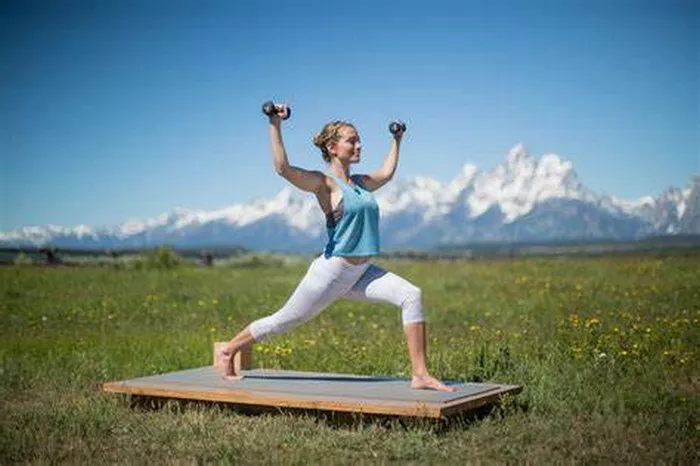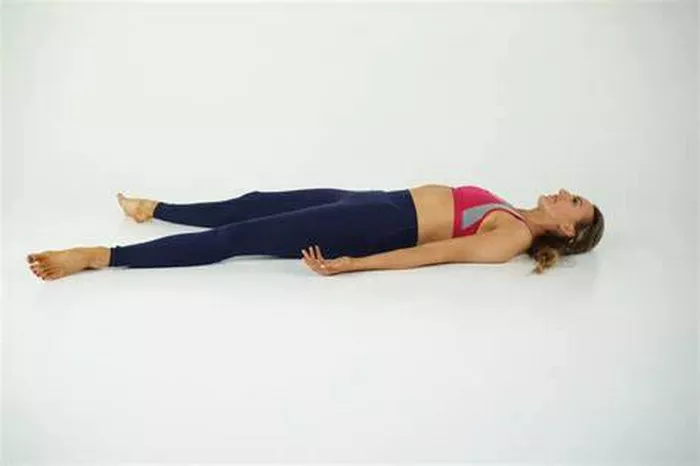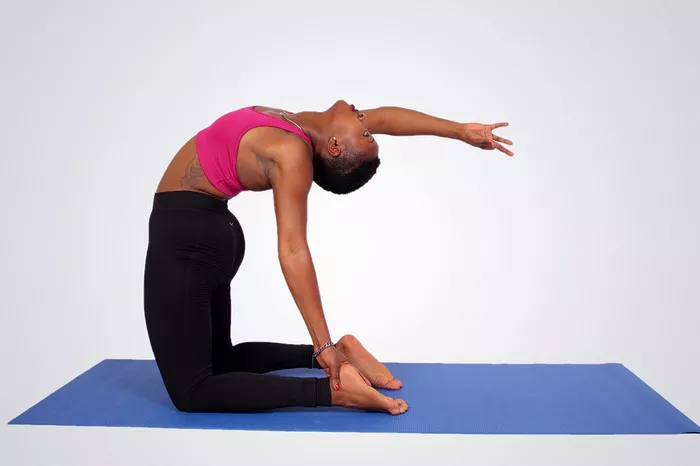Hot yoga has gained significant popularity in recent years, attracting yoga enthusiasts and fitness seekers alike. Practiced in heated rooms, hot yoga offers a unique combination of physical challenges and mental focus. But is it truly healthy? This article delves into the myriad aspects of hot yoga, examining its benefits, potential risks, and overall impact on health and wellness.
1. Understanding Hot Yoga
1.1 Definition and Styles
Hot yoga typically involves practicing yoga in a room heated to temperatures between 95°F and 105°F (35°C to 40°C). Various styles exist, including Bikram, Vinyasa, and Power yoga, each with its own sequence and approach.
1.2 Historical Context
The origins of hot yoga can be traced back to Bikram Choudhury, who developed the practice in the 1970s. His method emphasized a specific sequence of 26 postures performed in a heated environment to enhance flexibility and detoxification.
2. The Benefits of Hot Yoga
2.1 Physical Benefits
2.1.1 Enhanced Flexibility
The heat in hot yoga helps to warm the muscles, making it easier to achieve deeper stretches and improving overall flexibility.
2.1.2 Strength Building
Hot yoga poses require significant engagement from various muscle groups, promoting strength and endurance over time.
2.1.3 Improved Cardiovascular Health
Practicing hot yoga can elevate heart rate and improve circulation, contributing to better cardiovascular health.
2.1.4 Detoxification
The increased sweating during hot yoga is believed to help flush out toxins from the body, promoting a sense of physical cleansing.
2.2 Mental Benefits
2.2.1 Stress Reduction
Hot yoga encourages mindfulness and meditation, which can significantly reduce stress levels and promote mental clarity.
2.2.2 Enhanced Focus
The challenging environment of hot yoga requires concentration, helping practitioners develop better mental focus over time.
2.2.3 Emotional Balance
The practice can lead to emotional release and balance, helping individuals cope with anxiety and depression.
3. The Risks and Considerations
3.1 Dehydration
3.1.1 Importance of Hydration
Due to excessive sweating, practitioners may become dehydrated. It’s essential to drink plenty of fluids before, during, and after class to maintain hydration.
3.1.2 Recognizing Symptoms
Be aware of signs of dehydration, including dizziness, fatigue, and dry mouth. If you experience these symptoms, take a break and hydrate.
3.2 Heat-Related Illnesses
3.2.1 Understanding Heat Exhaustion and Heat Stroke
Practicing in high temperatures can lead to heat exhaustion or heat stroke. It’s crucial to listen to your body and recognize when to stop.
3.2.2 Signs to Watch For
Symptoms like nausea, headache, and confusion may indicate heat-related issues. If you experience these, seek a cooler environment and medical attention if necessary.
3.3 Injuries and Limitations
3.3.1 Risk of Overstretching
The warmth can make practitioners feel more flexible, potentially leading to overstretching and injury. It’s important to practice within your limits.
3.3.2 Individual Considerations
Certain individuals, such as those with heart conditions or heat sensitivities, should consult a physician before engaging in hot yoga.
See also: Essentials for Hot Yoga: Full Guide to a Successful Practice
4. Hot Yoga for Different Populations
4.1 Beginners
4.1.1 Starting Slowly
For beginners, it’s advisable to start with shorter sessions and gradually build tolerance to the heat and intensity of the practice.
4.1.2 Seeking Guidance
Joining classes led by experienced instructors can help newcomers learn proper techniques and avoid injuries.
4.2 Pregnant Individuals
4.2.1 Consult a Healthcare Provider
Pregnant women should consult their doctors before participating in hot yoga, as the heat may pose risks to both mother and baby.
4.2.2 Modifications and Alternatives
If cleared by a healthcare provider, practitioners can modify poses to ensure safety and comfort during pregnancy.
4.3 Older Adults
4.3.1 Considerations for Seniors
Older adults may benefit from the physical and mental aspects of hot yoga but should be cautious about the heat and their physical limitations.
4.3.2 Tailored Classes
Many studios offer classes specifically designed for older adults, focusing on gentler movements and lower temperatures.
5. Preparing for Hot Yoga
5.1 Essential Gear
5.1.1 Choosing the Right Mat
A good-quality yoga mat provides the necessary grip and cushioning for hot yoga. Look for mats made from natural rubber or high-performance materials.
5.1.2 Appropriate Clothing
Wear breathable, moisture-wicking clothing that allows for freedom of movement. Avoid overly loose clothing, as it can become cumbersome when wet.
5.2 Hydration Strategies
5.2.1 Pre-Class Hydration
Drink water throughout the day leading up to your class. Aim for at least 16-20 ounces a few hours before your session.
5.2.2 Post-Class Recovery
After class, continue to hydrate with water or electrolyte drinks to replenish lost fluids.
6. Building a Sustainable Practice
6.1 Setting Realistic Goals
Establishing realistic goals helps maintain motivation. Whether improving flexibility, strength, or mental clarity, having clear objectives can guide your practice.
6.2 Listening to Your Body
Practicing self-awareness is crucial. Recognize when to push yourself and when to back off, especially in a heated environment.
6.3 Finding Community
Engaging with fellow practitioners fosters a sense of community, enhancing motivation and commitment to your practice.
7. Conclusion
Hot yoga can be a beneficial addition to your fitness routine, offering a unique blend of physical and mental health benefits. However, it’s essential to approach it mindfully, recognizing its risks and preparing adequately. By understanding your body, staying hydrated, and listening to your limits, you can enjoy the many advantages of hot yoga while minimizing potential downsides. Whether you’re seeking improved flexibility, strength, or stress relief, hot yoga may be a healthy choice for you.
This article provides an extensive overview of hot yoga’s health implications, blending benefits with necessary precautions. If you have specific topics you’d like to dive deeper into, feel free to let me know!
Related topics:
The Weight Loss Benefits of Hot Yoga: What You Want to Know




















